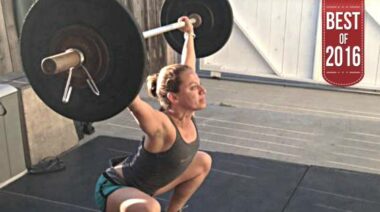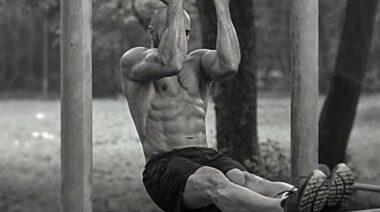We’re all familiar with that stage of childhood when movement gets a little awkward due to rapid growth. But sometimes we forget that this physical transformation happens at different rates in different children. Any coach who works with kids knows the tremendous and sometimes unbelievable difference between two youth athletes of the same age, especially in the ‘tween and early teen stages. A recent study in the Journal of Strength and Conditioning Research asked which methods are best for determining these differences for better athletic placement.
Chronological age (the one we normally go by) is not the same as biological age, since some athletes mature physically at a different rate than others. Much like in academics, chronological age isn’t always the best way to determine where a child’s placement in sports. However, most professionals are better prepared to test children for academic placement than athletic placement.
The researchers acknowledged that although measuring bone growth is the most accepted method for determining physical maturation, it is also the least accessible. To measure bone growth accurately requires expensive medical testing. Generally X-rays are involved, and although the researchers in this study stated that the radiation levels are safer than we usually think, it’s something many parents would seek to avoid.
Assessing sexual maturation is another method, but it too can only be undergone in a clinical setting by doctors. This option requires great care and concern for the child’s wellbeing and is less accurate of a method, anyway. Thus it is perhaps the least useful of all methods.
A final method that seems to be both practical and fairly useful, is called peak height velocity (PHV). PHV is the time in a child’s life in which they attain the most rapid height growth. PHV tends to coincide with sexual maturation and rapid changes in bone structure. In girls, this typically happens at around twelve years of age, and in boys at age fourteen, although it can occur more than a year before or after these estimates.
PHV can only be accurately ascertained with long-term height measurements, but is nevertheless a useful method for determining whether or not a child has achieved the level of maturity needed for certain exercise routines. The researchers in this study suggested that hypertrophy-based routines are only useful in youth athletes who are beyond PHV, since the hormones required are not present in sufficient quantities until after that point. The researchers also noted that resistance training is appropriate – within an otherwise safe environment – for any youth athlete. However, the recommended program for children who have not yet reached their PHV should focus more on strength and coordination, as neural plasticity is highest at that time.
So the focus of training should be based on physical maturation, which can occur at various times depending on each child’s individual variations. The simplest and yet highly effective method for determining this seems to be PHV, but it needs to be tested regularly. The most important feature of any youth training program, regardless of maturation, is fun, so keep training positive at all times.
References:
1. Rhodri Lloyd, et. al., “Chronological Age Versus Biological Maturation: Implications for Exercise Programming in Youth,” Journal of Strength and Conditioning Research, DOI: 10.1519/JSC.0000000000000391
Photo courtesy of Shutterstock.






